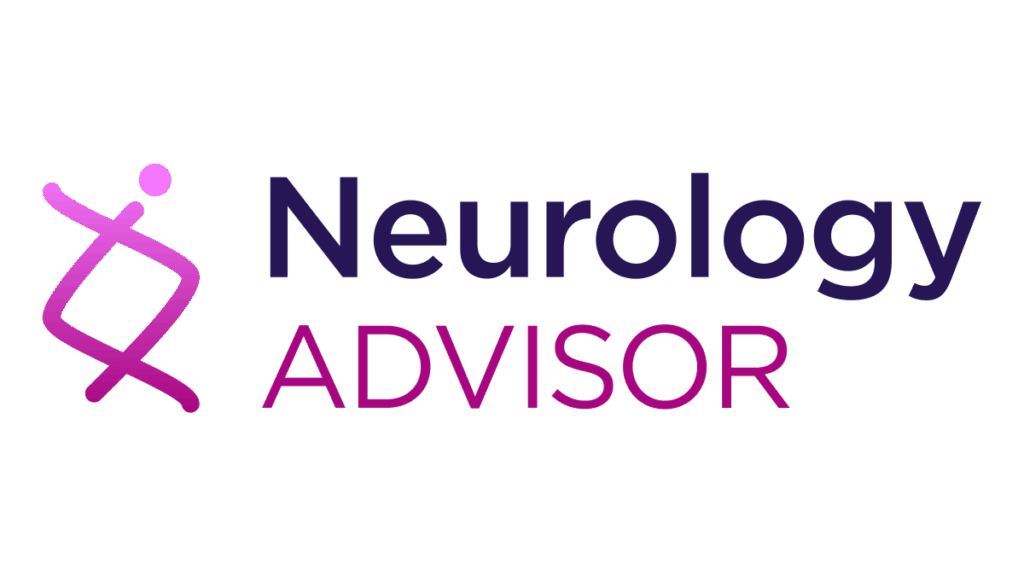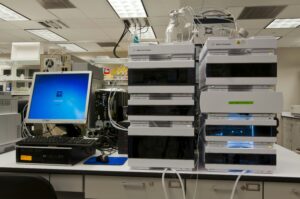
Plasma phosphorylated tau 217 (p-tau217) has demonstrated significant accuracy in identifying amyloid β (Aβ) pathology among cognitively unimpaired individuals, according to recent study results published in JAMA Neurology. This breakthrough could mark a pivotal step forward in the early detection and treatment of Alzheimer’s disease (AD).
The announcement comes as researchers continue to grapple with the challenge of identifying cognitively normal individuals who may harbor underlying Alzheimer’s pathology. Traditionally, the accumulation of Aβ and tau proteins are recognized as key indicators of AD, yet pinpointing these markers in preclinical stages has proven difficult. The study aimed to determine whether plasma p-tau217 could effectively classify Aβ status, thereby enhancing participant selection for clinical trials.
Study Insights and Methodology
This cross-sectional cohort study analyzed data from 2,916 cognitively unimpaired adults across 12 international cohorts located in Australia, Canada, Europe, and the United States. The data, collected between June 2009 and March 2024, included participants with a mean age of 66.9 years, 57.2% of whom were women, and 38.1% carrying at least one apolipoprotein E ε4 allele. Notably, 33.3% of participants were classified as Aβ positive based on cerebrospinal fluid (CSF) or positron emission tomography (PET) results.
When employed as a standalone test, plasma p-tau217 achieved an accuracy of 81% and a positive predictive value (PPV) of 79%. However, its sensitivity was limited, detecting only 46% of true Aβ-positive cases. To improve these outcomes, researchers proposed a 2-step approach, where individuals with positive plasma results underwent confirmatory CSF or PET testing. This method increased the PPV to 91% while reducing the number of confirmatory scans required.
Implications for Alzheimer’s Research and Treatment
The move represents a significant stride in reducing the resource demands and patient burden associated with traditional AD diagnostic procedures. As one study author noted,
“The use of plasma p-tau217 as a stand-alone tool or as part of a 2-step approach will reduce resource demands, and minimize unnecessary burdensome PET or CSF procedures, ultimately accelerating the development and implementation of early-stage AD therapeutics.”
Furthermore, recruitment modeling for a hypothetical preclinical AD trial demonstrated that plasma-based strategies could cut costs by up to 92% compared to PET-only screening, while also minimizing patient discomfort by reducing unnecessary lumbar punctures or imaging.
Challenges and Considerations
Despite these promising findings, the study acknowledges certain limitations. Variability in biomarker assays across different cohorts and a slightly higher prevalence of Aβ positivity compared to the general cognitively unimpaired population could impact the generalizability of the results. Moreover, the study’s reliance on a diverse international cohort underscores the need for standardized testing protocols to ensure consistency in future research.
Looking Forward
This development follows a growing trend in the medical community to seek less invasive, more cost-effective methods for early disease detection. The potential for plasma p-tau217 to streamline the process of identifying preclinical AD cases could have far-reaching implications for both research and treatment paradigms.
According to sources, the research was supported by a consortium of organizations, including the National Institutes of Health, the Alzheimer’s Association, and several international research foundations. The study’s authors, many of whom have affiliations with biotech and pharmaceutical companies, emphasize the importance of continued collaboration in the pursuit of effective AD therapeutics.
As the medical community awaits further validation of these findings, the use of plasma biomarkers like p-tau217 could soon become a cornerstone of Alzheimer’s research, offering hope for earlier interventions and improved outcomes for those at risk of developing this debilitating disease.







